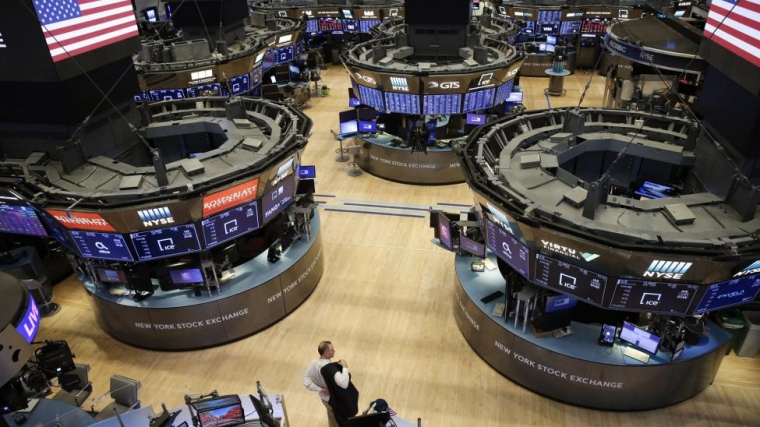
Newsflow and trading conditions have been light to start the new week. Equity markets have continued to rise, while currencies are little changed. Global bond rates have nudged higher, while NZ government bond yields fell to a record low.
There is an air of optimism as investors focus on the positive, rather than negative, COVID19 developments. On the positive side, new COVID19 cases in the US dropped to around 35,000 for the day, the lowest level in more than two months. While reported case numbers are typically lower at the start of the week, the 7-day rolling average continues its steady march downwards, a trend that has been in place for over a month now.
Furthermore, the Food and Drug Administration approved “emergency-use authorisation” of convalescent plasma for the treatment of COVID19, which uses antibodies from recovered patients to treat others. More clinical studies will be required for the treatment to gain full approval. And the FT reported the Trump administration is considering bypassing US regulatory standards to fast-track an experimental vaccine developed in the UK by Oxford University and AstraZeneca before the November election.
On the negative side, Europe has seen a sharp rise in the number of new cases of COVID19, with countries such as France, Germany and Italy recording their highest daily number of cases since April-May. Rather than enforce nationwide lockdowns, authorities are taking a more targeted approach. Meanwhile, Hong Kong researchers recorded the first genetically proven case of COVID19 re-infection some 4½ months after the patient originally caught the virus, although symptoms were milder in the patient’s second case. The finding provides early evidence that COVID19 might behave like the common cold, continuing to circulate for years to come.
Equity markets have put more weight on the positive news, seeing the S&P500 currently up 0.6%, making a fresh record high. Economically-sensitive stocks are leading the charge, with Energy, Financials, Materials and Industrials the top performing sectors. Some of the hardest-hit industries including airlines, cruise companies and retailers have gained the most. The Euro Stoxx 600 index closed 1.6% higher, seemingly unperturbed by the rising COVID19 case numbers in Europe.
Currency markets have shown little movement, with changes within +/-0.2% against the USD for all the key majors, apart from CAD being about 0.4% weaker. The NZD has traded a tight range, hovering around the 0.6540 mark, after touching 0.6565 overnight. The AUD made a run for 0.72, where it met some resistance, falling back to 0.7160. EUR is back to 1.1800, after running up to 1.1850 overnight.
The bond market has also been quiet, with the US 10-year rate confined to a 3bps range of 0.62-0.65% and currently at the top of that range.
Yesterday, NZ interest rates continued to probe fresh record lows. The 10-year swap rate closed below 0.50% for the first time, down 2bps to 0.49%. NZ’s 10-year government rate (2031s) fell 4bps to a record low of 0.57%. The RBNZ’s LSAP was under-offered for this bond, with the Bank only accepting offers for $116m of the targeted $150m, at a wide range of 0.52-0.62%. NZ Debt Management launched its tap of the 2027 bond, meeting very strong demand for the maximum $4b transaction, at the tight end of guidance.
In economic data, NZ retail sales plunged by a record 14.6% in the June quarter, close to market expectations, with higher frequency data showing a strong rebound in the current quarter. The NZ government extended the alert Level 3 lockdown in Auckland through to 30 August, after which it will join the rest of the country in alert Level 2, through to 6 September. The extended lockdown will further reduce estimates of GDP growth for the September quarter and add to the fiscal cost of fighting COVID19.
Daily exchange rates
Select chart tabs
2 Comments
USA testing less
Hence fewer positives
Also news of vaccine is hogwash and no roll out is likely pre March
As has been repeatedly said by experts for past 6 months
Markets rise due to QE and nothing else
Yes, since Trump administration took over the control of information on this, it is no co-incidence that testing and reporting changed tack at the same time, about a month ago. I don't believe they can control the reporting of subsequent deaths though, so look for the ratio of deaths to infections to change course over time as well, not in a good way.

We welcome your comments below. If you are not already registered, please register to comment
Remember we welcome robust, respectful and insightful debate. We don't welcome abusive or defamatory comments and will de-register those repeatedly making such comments. Our current comment policy is here.